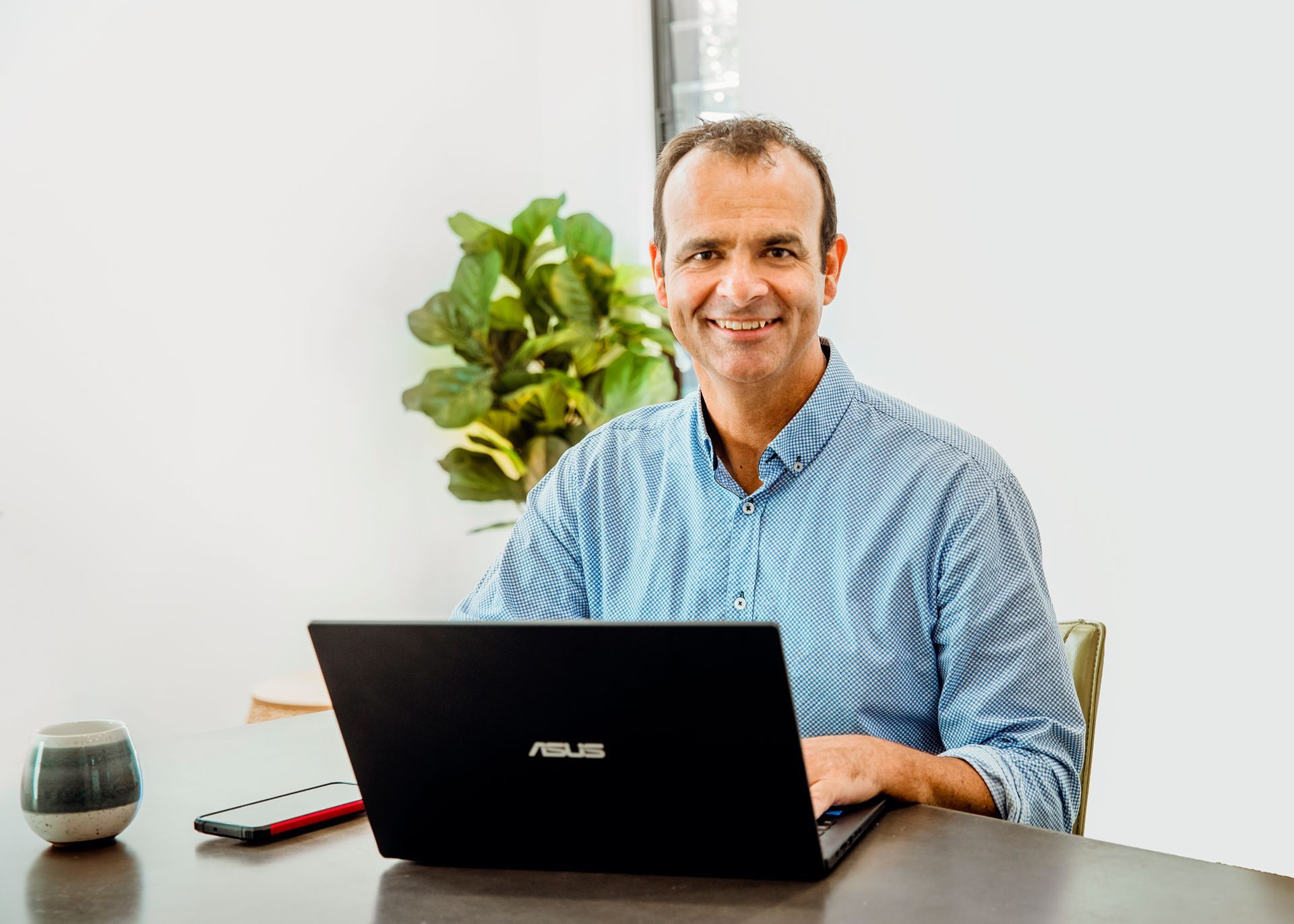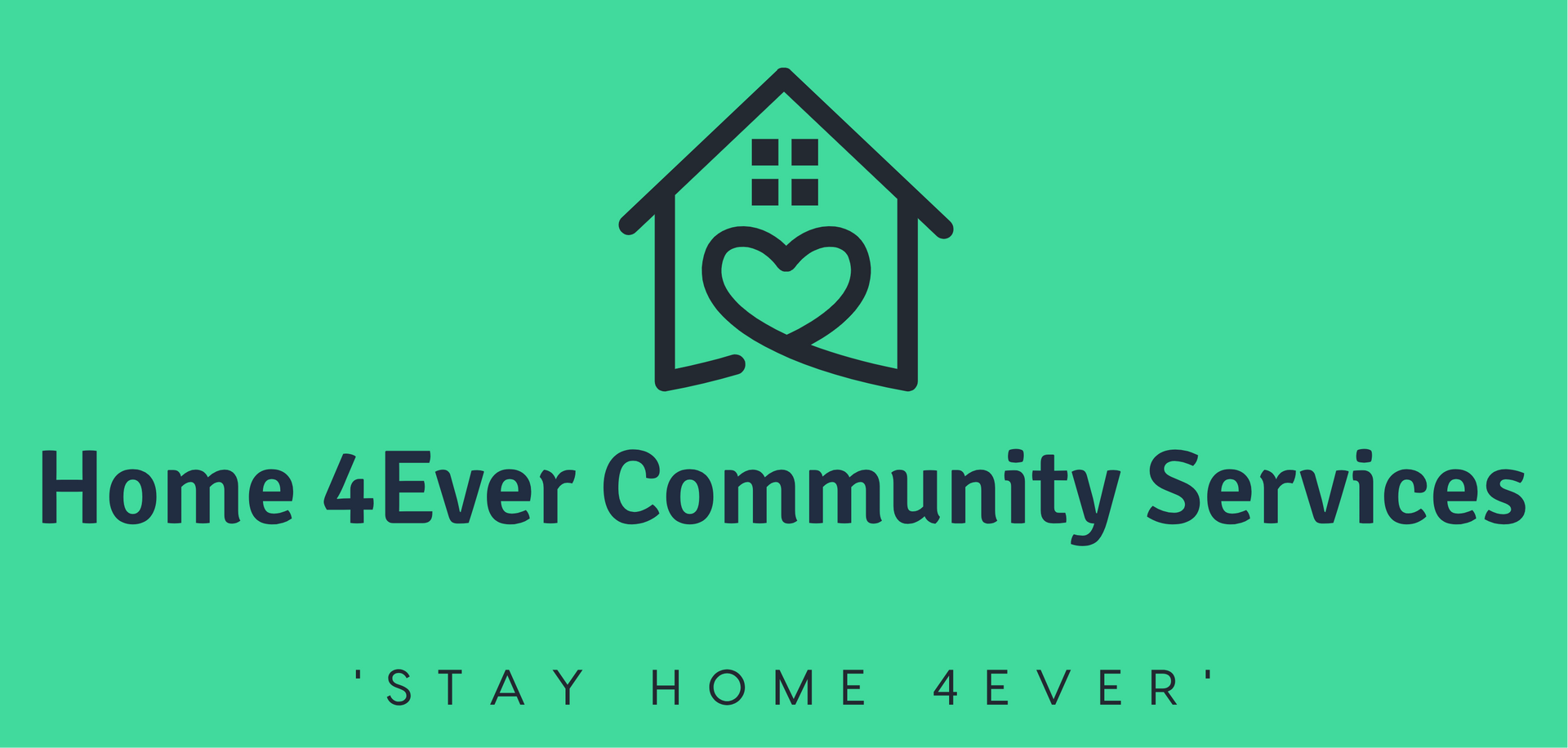“If you are retired, I only have one job …
to support you in the best of health & to keep you out of a nursing home!”

This requires planning.
Most senior Australians end up in a nursing home due to a fall or stroke and their home supports cannot look after them!
You need a plan in place BEFORE this possible event happens.
1 in 4 people who are aged 65 and over have at least 1 fall per year.
Step 1 Initial in-home assessement
Meet with you (and your adult children – optional) to discuss your health, retirement goals and where you want to live.
This appointment is about you and your family and will cover:
- Viewing of your home
- Overall discussion of your health
- A plan showing how you can stay at home 4Ever.
Step 2 Retirement Living Plan
Your plan will address and answer the following questions:
- How do you avoid going to a nursing home?
- Is your home suitable to stay in forever?
- What home modifications (if any) are required for you to grow old in your home?
- What are the risks in your home that you should be aware of?
- Should you downsize your home? What are the options e.g. retirement village, smaller home, town house etc.?
- What Government home care packages are available to keep you at home?
- With a registered nurse, we will assess your current health situation and ascertain what home care package you may need now or into the future?
- Can you choose what supports you want?
- What home care services are available to assist you stay at home, such as: looking after the garden and yard, medication assistance, help to pay bills, health and home nursing, transport, meal preparation, cleaning etc.
- What will it cost?
- Can you get government funding to reduce your costs?
- Is there a service that can update Centrelink and My Aged Care when required?
- Do you have all the available government concessions and services that you are eligible for?
- If you lose your license due to medical grounds, can you get it back?
- Family meeting (optional) to discuss plans with your loved ones.
- If you had no choice but to move to an age care facility, what are the likely costs?
- Do you have the correct estate related documents* in place (Will, Enduring Power of Attorney, Enduring Guardianship, Advanced Care Directive)?
- What is voluntary assisted dying?
and
- Who can help me with all the paperwork!
Step 3 Home Supports
Domestic Assistance
- Shopping assistance
- Meal preparation
- Cleaning & Laundry
- Lawn mowing and gardening
- Pet care
Personal Care
- Showering & dressing
- Toileting & continence management
- Personal hygiene
- Transferring into / out of bed
- Medication support
- Respite (in-home or external)
- Check in phone calls
Transport and Social Support
- Shopping
- Medical appointments
- Group trips
- Cultural connections
Equipment and Devices
- Modified cutlery, dressing aids, shower chairs
- Wheelie walkers, mobility
- Lifters
Home Modifications and Maintenance
- Handrails & bathroom safety
- Access ramps
- Handyman maintenance
- Garden modification
- Hard surface nonslip areas
- Safety lights & Chair lifts scooters
- Stair chair lifts
Wellbeing Services
- Connect you to exercise programs, mental wellness, podiatry, hobbies, Probus, men's sheds.
- Finance, legal and Centrelink referrals & paperwork assistance
- Centrelink update service
Support generally increases over time
What does low support look like?
At home when you need it
What does higher support look like?
24/7 Care enabling you to never have to go to a nursing home.
Live-In Care is provided by fully insured Registered Nurses and trained Care Givers.
· Short term & emergency care
· Long term care
Carer stays
- in your home
- in granny flat (build on your property, adding value for inheritance)
Downsize to town house or retirement village.
-in home care
Live in a granny flat on adult children's property
Sell home, buy a duplex.
Home for you and carer
